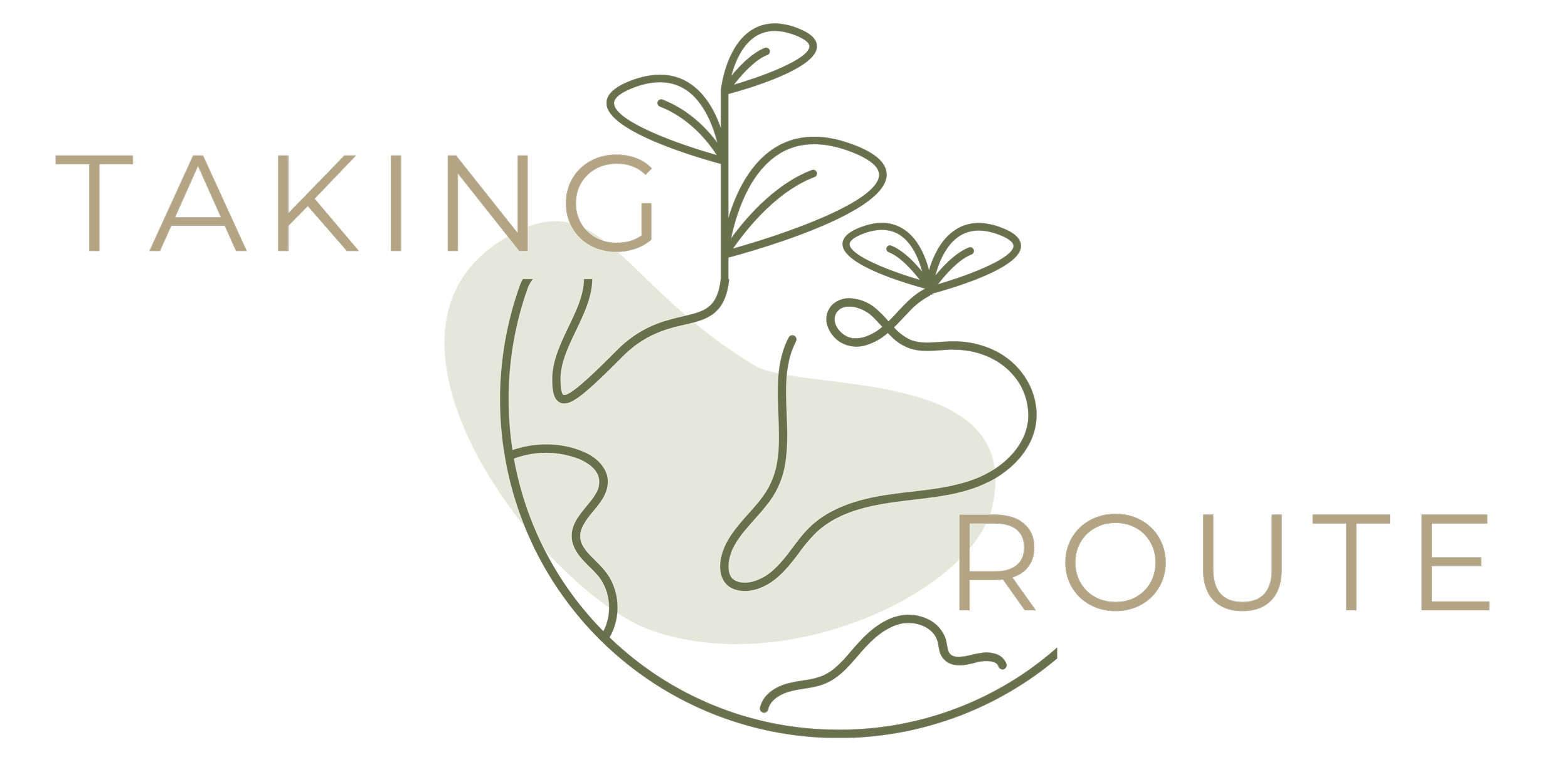Where There IS a Doctor, But You Don’t Trust Him
“Are you taking any vitamins,” the doctor asked me as we sat at his desk.
I reached down to my purse and pulled out my value size bottle of prenatal vitamins. The label featured the pink silhouette of curvy pregnant lady.
“Yes, here’s what I’m taking,” I reassured him as I placed it on his desk.
The doctor reached for the bottle to inspect it. He tilted his chin down, peering over his glasses. “This has way too much vitamin D in it,” he concluded.
“Oh?” I was already skeptical.
“Yes,” he continued on, “and these vitamins are supposed to be taken before you become pregnant. You see, it says ‘prenatal.’ That means ‘before pregnancy.’”
“That’s interesting,” I responded, even though I knew full well prenatal meant before birth.
Prior to moving overseas, I learned to say either “that’s interesting” or “that’s different” in place of any other potentially offensive remark I might be tempted to say. You know, things like, “that’s absurd” or “how ridiculous” or “how can you be a doctor and not know the meaning of the word prenatal?”
At this point, my certified, bonafide, PhD-approved ObGyn swiveled his chair towards his computer and pulled up a reference for his medical knowledge. Was it an online medical journal? No. Was it a drug handbook for physicians? No, not quite.
It was a PowerPoint presentation, sponsored by a company in our host country who sells milk drinks for pregnant women and formula for babies. Ah yes, let’s ask them what’s best for me, shall we? I’m sure they aren’t biased. And it’s highly unlikely they’re plugging their product and giving some financial incentive to the doctors who sell said product to their patients.
***
A thick book sits on a bookshelf in our house. It’s entitled “Where There Is No Doctor.” The front cover has a picture of a person being carried across a river somewhere in South America, wrapped up in a handmade stretcher. Within the pages of the book are drawings of all sorts of medical concerns and how to treat the patient to the best of your ability. This book is assuming you are probably the most educated person within a 100-mile radius and, as the book states, no legitimate doctor is close by to take on the responsibility of medical care.
This is far from the daily life l experience overseas. My doctor’s office is in a clean hospital with eight floors. There are pharmacies with dozens and dozens of medicine options on just about every street in our city. For the most part, I’m able to stay up-to-date on my kids’ vaccinations without having to travel out of the country.
Nonetheless, we still have situations when we feel as though there is no doctor. Moments which almost feel like we’re all just pretend-playing “doctor.”
My husband was once told his IV was uncomfortable because he took a shower at night.
We’ve had to explain to a doctor he couldn’t prescribe an antibiotic if he didn’t have a diagnosis yet.
I also had to explain how to properly test for malaria.
The ER doctor, after putting stitches in my son’s mouth, insisted that I not let him sleep with the AC on his bedroom.
During a routine check-up, the pediatrician opened up my daughter’s diaper, looked right at her nasty yeast infection, and said nothing. He closed her diaper back in place as if saw nothing concerning, whatsoever. Fortunately, I already knew what yeast infections on babies looked like and was treating it at home. He didn’t know that though, because he never asked.
A fellow expat friend once said to me, “there should be a book called ‘Where There Is a Doctor, But You Don’t Trust Him.’” I laughed. I’m sure there are plenty of people living overseas who could relate to a book with that title.
I know doctors in well-developed countries want to roll their eyes when someone comes into their office saying they’ve googled their symptoms. I can’t blame them for feeling annoyed with patients like that. You have to spend nearly a decade, if not longer, in school for a reason. However, one should not underestimate the self-diagnosing skills of someone living overseas in an underdeveloped country. With the help of family and friends in the medical profession and some vetted online resources, we’re usually able to let the uncertain (and sometimes unqualified) doctor know exactly what the problem is and what medicine needs to be prescribed. Not always, but pretty frequently.
I never do this when I’m in a country with top-notch healthcare. I respect and appreciate the medical expertise of doctors and nurses who’ve gone through all the necessary schooling and training to properly care for me and my family. I tend to turn my self-diagnosing powers off and on, based on the situation.
But when a doctor tells me the white flecks in my amniotic fluid means I might have gestational diabetes, I start inching towards that “on” switch.
***
The doctor pointed to the sponsored PowerPoint slide, showing me the proper amount of vitamin D I should be consuming. I nodded. He offered to write me a prescription for a “better” multivitamin to take. I let him (but didn’t get it filled). He had me lie down for an ultrasound and showed me my baby’s heartbeat.
“A nice, strong heartbeat,” he said.
I walked out of the office feeling satisfied with the visit because hearing that soft, buh-bum, buh-bum was all I cared about getting checked anyway.
It’s been three years now and, as far as I can tell, the only side-effect I’ve experienced from taking “too much vitamin D” is having a child with a smile as bright as the sun—and a temper as hot, too. But I suppose my daughter can blame the latter on her mother who overdosed on “pre-pregnancy” vitamins for nine months.

